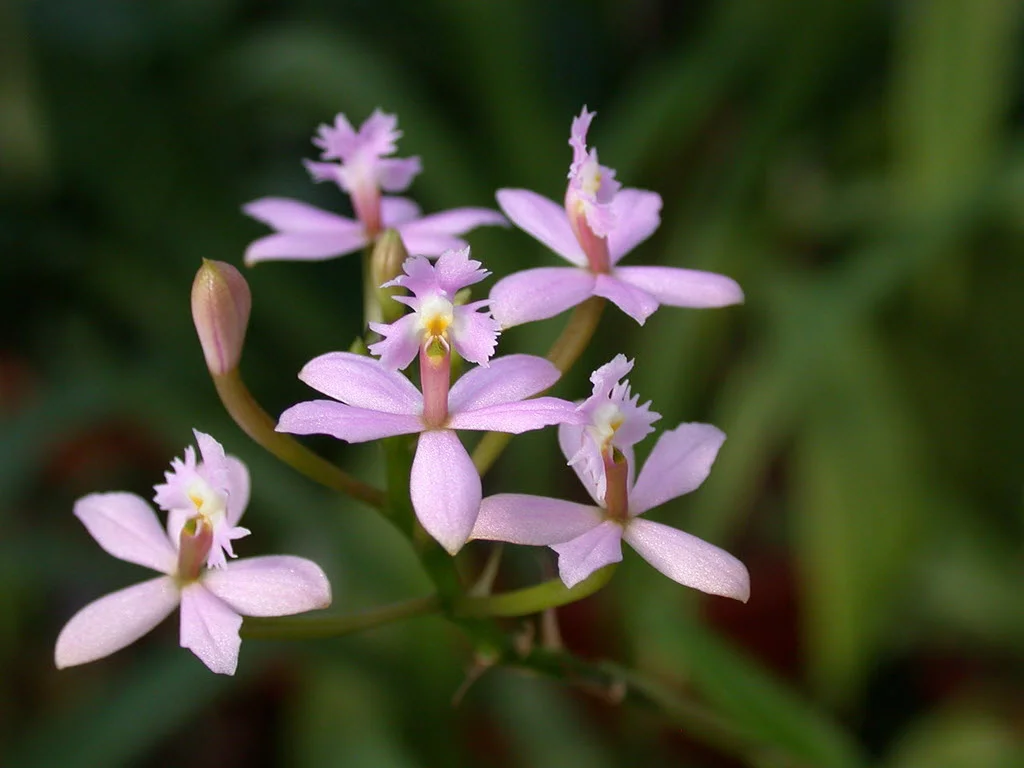Table of Contents
Pronunciation: Mil-TONE-ee-ah
Introduction
The Miltonia is an orchid genus that was formed by 9 epiphyte species and 8 natural hybrids inhabitants. They originally came from the Brazilian Atlantic Forest, but one species reached eastern Paraguay and northeastern Argentina.
Miltonia clowesii
Miltonias have large and long flowers that usually come in multifloral inflorescences. Because of these colorful blooms and how easy they are to grow, the Miltonia is a favorite of collectors around the world. The Miltonia was named after Earl Fitzwilliam, a well-known orchid enthusiast.
Temperature
Miltonias thrive in intermediate temperature. During the summer, it’s best to keep them in between 74-78°F (24-26°C) during daytime and 61-63°F (16-17°C) during the night. During the winter season, it would be better to have them between 65-66°F (18-19°C) during the day and between 52-53°F (11-12°C) during the night.
Light
Miltonias prefer moderate light levels, just like Cattleya orchids. If you opt to grow Miltonias indoors, it would be better to place them near east, south, or west-facing windows. However, you still need to provide shade for them so that they won’t have direct sunlight that could cause their leaves to burn.
The higher the amount of light received, the lighter the leaves of Miltonias. They may even look yellowish in color. Having light-colored leaves does not instantly show a sign of unhealthy Miltonias, but experts still prefer these orchids to look green instead of yellow.
In addition, air movement is also required, especially when sunlight is strong, in order to prevent burning in Miltonias. You can opt to use a small fan near the area.
Water and Humidity
All 9 species of Miltonias can be found in Brazil, and some can also be seen in Paraguay, Peru, and Argentina. When in their natural habitat, Miltonias are usually bathed in rain and do not encounter dry periods. Thus, it is important that you make sure that your Miltonia orchids stay moist.
You should have a potting medium that is not soggy (soggy medium promotes rotting). The ideal humidity for Miltonias is between 80-85%. With high humidity, you should always keep the air moving in order to prevent diseases.
Feeding
Miltonias, due to their fine roots, are quite sensitive to fertilizer. It would be best to fertilize a Miltonia orchid weekly, with just a quarter of the actual recommended strength during the time when the Miltonia is actively growing.
Always make sure that you flush out the medium to remove excess fertilizer every few weeks. This is critical, especially if your water contains mineral content that is high.
Potting
Due to the desire of Miltonias to climb and creep, it’s nearly impossible to actually contain these orchids in pots. The best thing to do is to use baskets that are loosely filled with sphagnum moss. If you are from a very humid area and you can water your Miltonias a few time a day, it would be best to mount these orchids on a tree fern or bark.
Video
Watch a video on how to identify and take care of a Miltonia orchid.
See other easy-to-grow plants in our comprehensive list of the different types of orchids.











